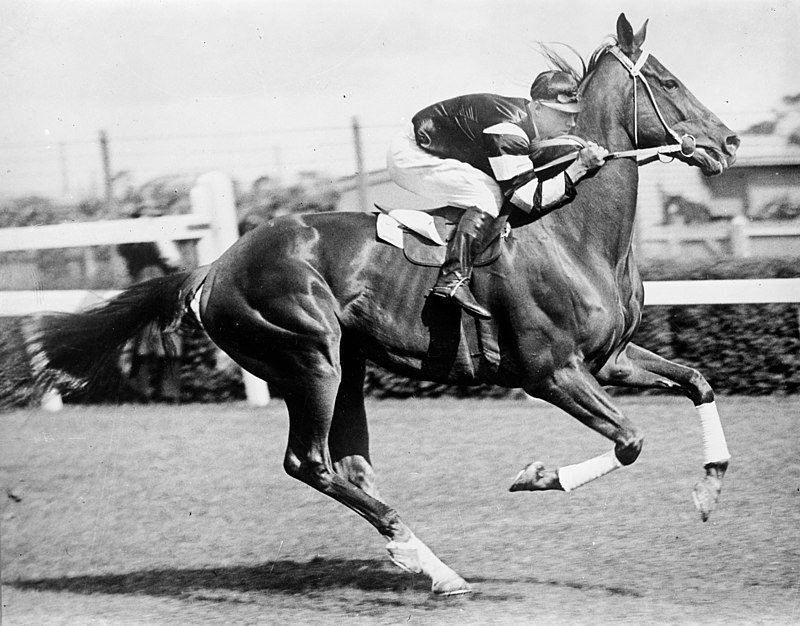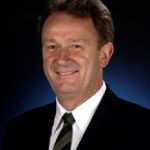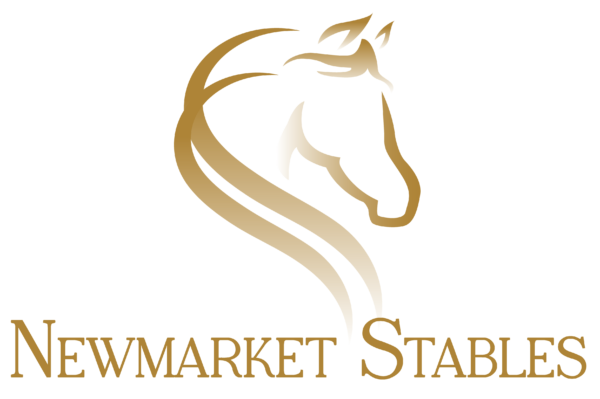The Industry

Thoroughbred Breeders Australia (source)
Our Industry
By any measure, the Australian thoroughbred industry is a world leader.
Second only to America in terms of our thoroughbred horse population, the number of mares (20,400) and stallions (580) in Australia dwarfs that in other established breeding countries such as the UK, Ireland, Japan and New Zealand.
Importantly, Australian prizemoney has soared by 84% in the last 10 years, compared to 54% in the UK and -4% in the USA, with over 60 races worth $1 million or greater, including the $15 million The Everest – the richest race in the world on turf.
Aside from our ‘home grown’ world champions Black Caviar and Winx, our sprinters have dominated world rankings for over a decade and include 2018 Royal Ascot Diamond Jubilee winner, Merchant Navy and Hong Kong superstars such as Rapper Dragon, Mr Stunning and Golden Sixty.
This success ensures that each year hundreds of investors visit these shores to buy our stock, with a view to exporting it to race or breed from in their home country. Many others have bought their own breeding farms in Australia, cementing their commitment to our industry.
But this is not a business dominated by big players. The vast majority of breeders – 76 per cent – have just one or two mares.
In terms of production, more than half of all mares are owned by breeders with five or fewer horses.
And while we are very proud of our centres of excellence, such as the Hunter Valley, Queensland’s Darling Downs, and northeast Victoria, where Black Caviar was raised, every state and territory has its own breeding industry.
The scale of production here means that thoroughbred breeding makes a huge contribution to the Australian regional economy, supporting thousands of jobs directly, as well as many more in related areas such as horse transport, fencing, fodder, veterinary services and insurance.
We are also proud that ours is a sustainable industry which has operated in Australia for more than 200 years and last year Thoroughbred Breeders Australia celebrated its centenary, first forming in 1919.
Furthermore, the continued health of domestic breeding is fundamental to the ongoing viability of the Australian racing industry and the running of more than 2,500 race meetings across the country each year.
These meetings, from small rural tracks which are at the heart of their communities to the glamour of the Melbourne Cup, provide vital wagering tax revenue for state governments, generate tens of thousands of jobs and are often major tourist events in their own right.
Economic Impact
(Source: Thoroughbred Breeders Australia)
It’s a well worn axiom that Australia has ridden through history on the horse’s back and that the thoroughbred industry remains one of the country’s largest employers.
However, it’s not all Melbourne Cups and Golden Slippers with the breeding industry itself responsible for a near $1.2 billion contribution to the economy and nearly 9,500 full-time employees.
Studies showed that there is $435 million in direct value, while a further $730 million is generated through the ‘flow on’ effect.
Production of racing horses accounts for 52.5% (or $491 million), while stallion fees ($240 million or 25.7%) and profits from yearling sales ($157 million or 16.8%) are other major contributors.
NSW – particularly the Hunter Valley – remains the largest hub of breeding with nearly $655 million, but there are active breeding regions throughout Australia, particularly in Victoria ($193.3 million) and Queensland ($93.4 million).
Consequently, NSW remains the largest employer with close to 3,000 full-time or part-time staff, acting on behalf of 2,200 breeders, with an estimated $560 million spent on wages each year.
Fifth generation breeder, Antony Thompson – principal of NSW’s Widden Stud – reveals: “At our busiest, we have about 500 horses on the property, with our stud business requiring us to have approximately 60 full-time positions with some seasonal viability.”
Research also shows that close to 6,000 volunteers willingly give up their time to breeding activities.
History
The Australian thoroughbred is a success story that is inextricably linked to the very development of the nation.
Indeed, the Australian thoroughbred breeding industry – now one of the biggest and strongest of its kind in the world – started with a stallion, three mares and three yearlings which arrived with the first European settlers in 1788.
From that small number, the industry has grown to a size second only to that of the United States. Tellingly, while Australian prizemoney has increased by 84% in the last decade, stakes have dropped by 4% in the United States. Australia currently conducts 60 races annually worth $1 million or greater, including the world’s richest race on turf: the $15 million The Everest.
The first thoroughbred sire to be imported to Australia was Rockingham in 1799 and by 1880 a further 400 stallions had been shipped to the Australian colonies.
The Australian breeding industry is predominantly located across the eastern states of Queensland, New South Wales and Victoria, the island of Tasmania and the southern regions of South and Western Australia.
As strong as the industry is nationally, it is the Hunter Valley farms that are at its centre.
The farms of the region produce almost half the thoroughbreds born in Australia each year and the Hunter is home to the world’s second largest concentration of thoroughbred studs.
Australia now has a mature, world-class breeding industry which exports horses to most racing nations in the world, particularly those in South-East Asia where about half the horses in training were bred ‘Down Under’. They include Hong Kong superstars such as Rapper Dragon, Mr Stunning and Golden Sixty, along with Singapore legend, Rocket Man.
For the first 150 years of European settlement, the Australian thoroughbred population was dominated by English bloodlines. Stallions such as Musket (the sire of the great Carbine), Lochiel, Valais and Delville Wood are prolific in the pedigrees of the first half of the 20th century.
However, it was the Irish-bred Star Kingdom who did more than any other horse to shape the local breed after arriving in NSW in 1951.
Racing as Star King in England, Star Kingdom proved a perfect match for the local appetite for horses with speed ahead of stamina.
Star Kingdom sired the first five winners of the Golden Slipper (Group 1, for two-year-old horses) – Todman, Skyline, Fine And Dandy, Sky High and Magic Night. They made him the most sought after stallion in the land.
He was eventually crowned Champion sire five times, however his influence in the pedigrees of Australian racehorses was cemented forever as his sons and grandsons carved out careers at stud.
Oncidium, Better Boy and Showdown featured prominently throughout the 1960s and 70s, just as Sir Tristram – who stood in New Zealand – did in the 1980s.
However, due to the generous tax concessions afforded to Australian breeders by the Hawke government, Australia saw an influx of ‘shuttle’ stallions from Europe and North America, most notably the breed shaping, Danehill.
Standing in the Hunter Valley throughout the 1990s, Danehill’s influence is still felt today. Danehill would win 9 premierships in his own right, while his sons and grandsons have captured 11 of the last 15 titles. Fittingly, Danehill was also crowned Champion Sire 3 times in Great Britain & Ireland and twice in France.
Notably, it was a grandson of Danehill in Choisir (by Danehill Dancer) that won the 2003 King’s Stand and Golden Jubilee Stakes, Choisir’s son, Starspangledbanner won the 2010 Golden Jubilee Stakes and Merchant Navy – by Danehill stallion, Fastnet Rock – captured the 2018 Diamond Jubilee Stakes.
Australian Sales
The Australian thoroughbred sales scene is a vibrant one. With major public auctions in each state of the nation, vendors and buyers are provided with great opportunities to trade horses. Additionally, many horses are sold through private sales or online auctions.
Australian thoroughbreds can be sold at different times of their lifespan including as weanlings (less than 1 year old), yearlings (1 year old), breeze-ups (unraced two-year-olds), tried racehorses and broodmares.
There are two major public auction companies in Australia, Magic Millions and William Inglis. They both have an annual schedule of public auctions occurring in each state of Australia.
“We at Newmarket Stables, breed our winning mares with only the very best stallions from around the world. Giving us the best racehorse pedigree. ”

David Hamilton

